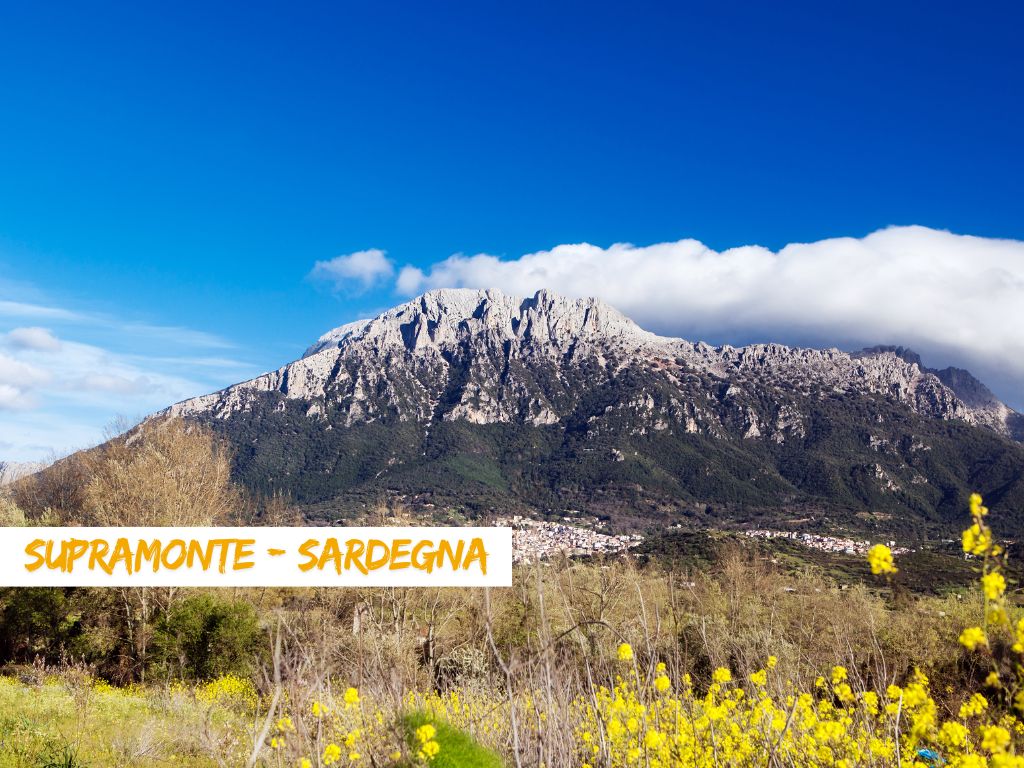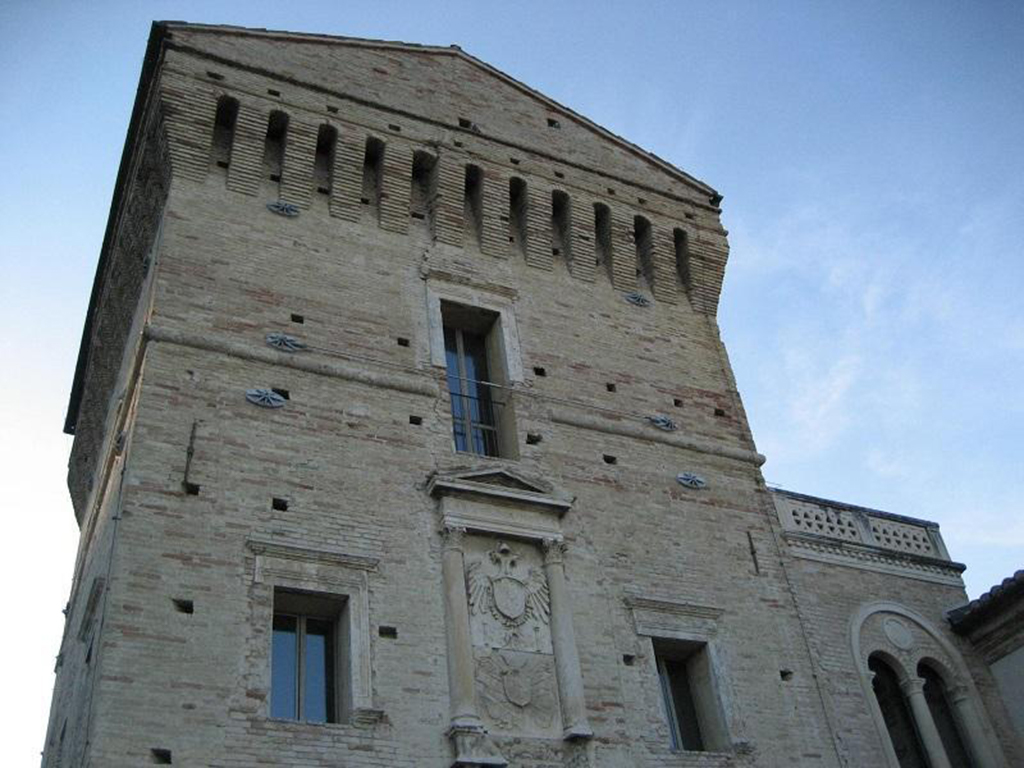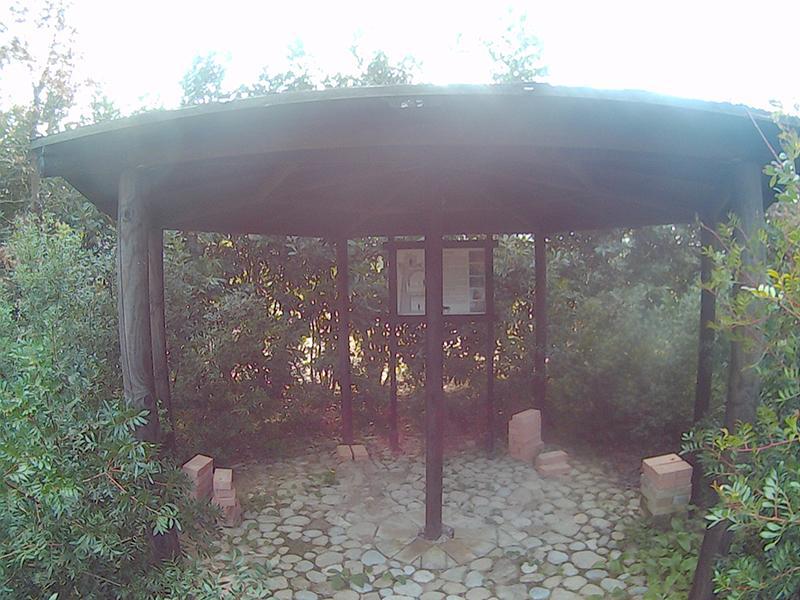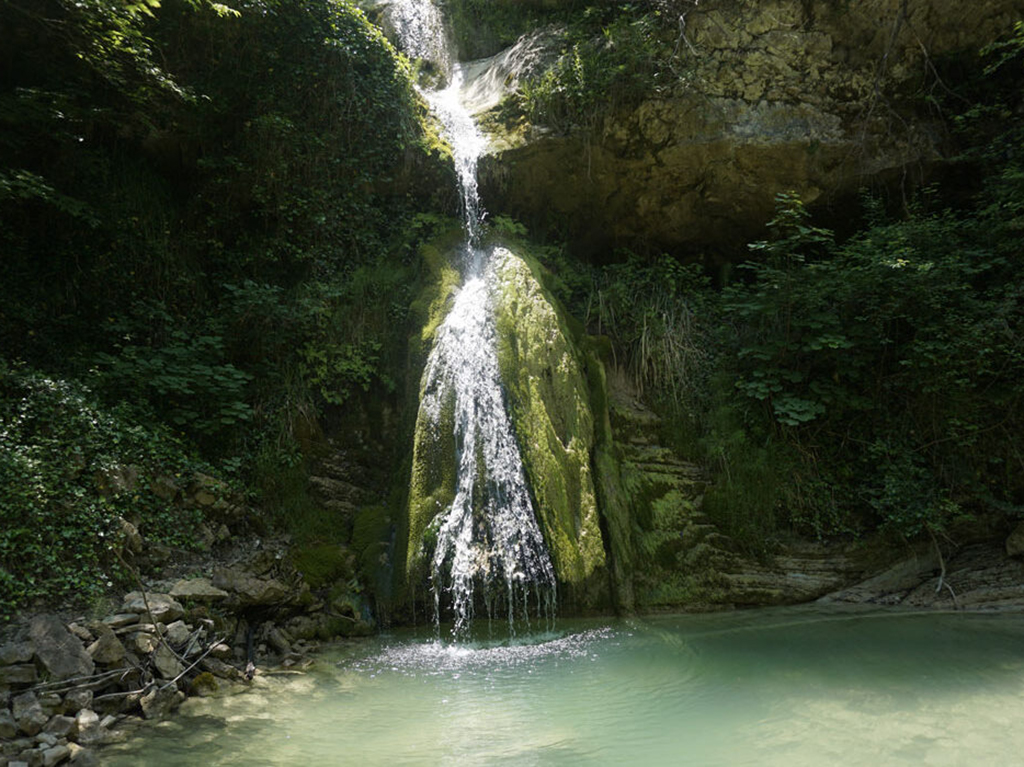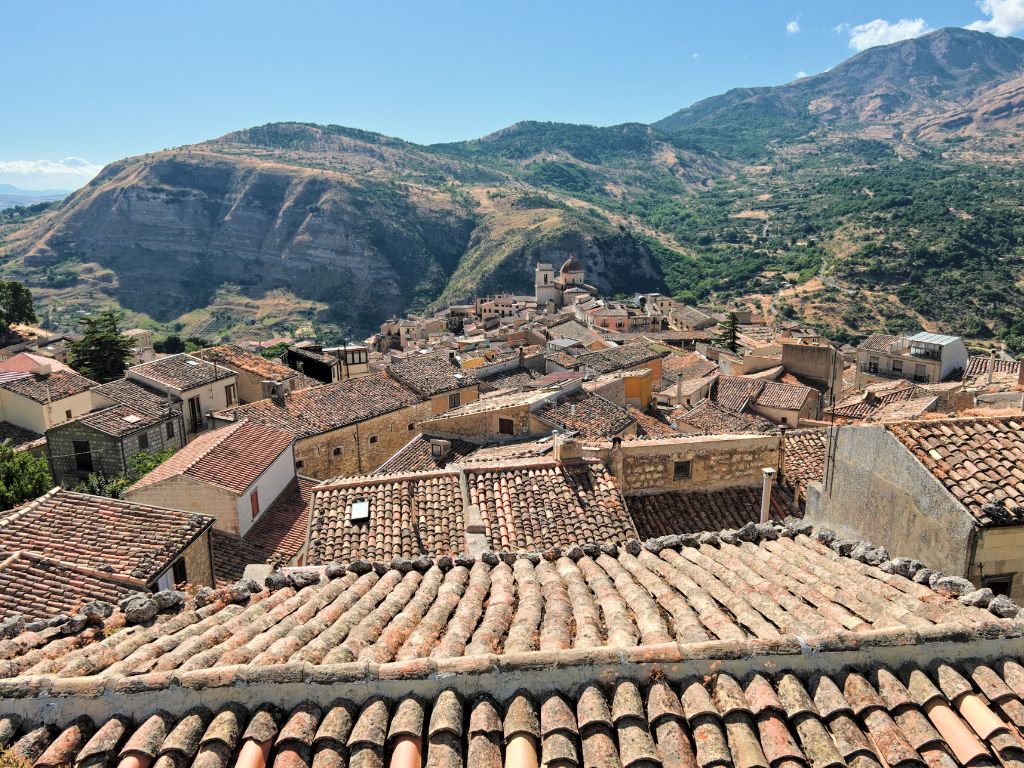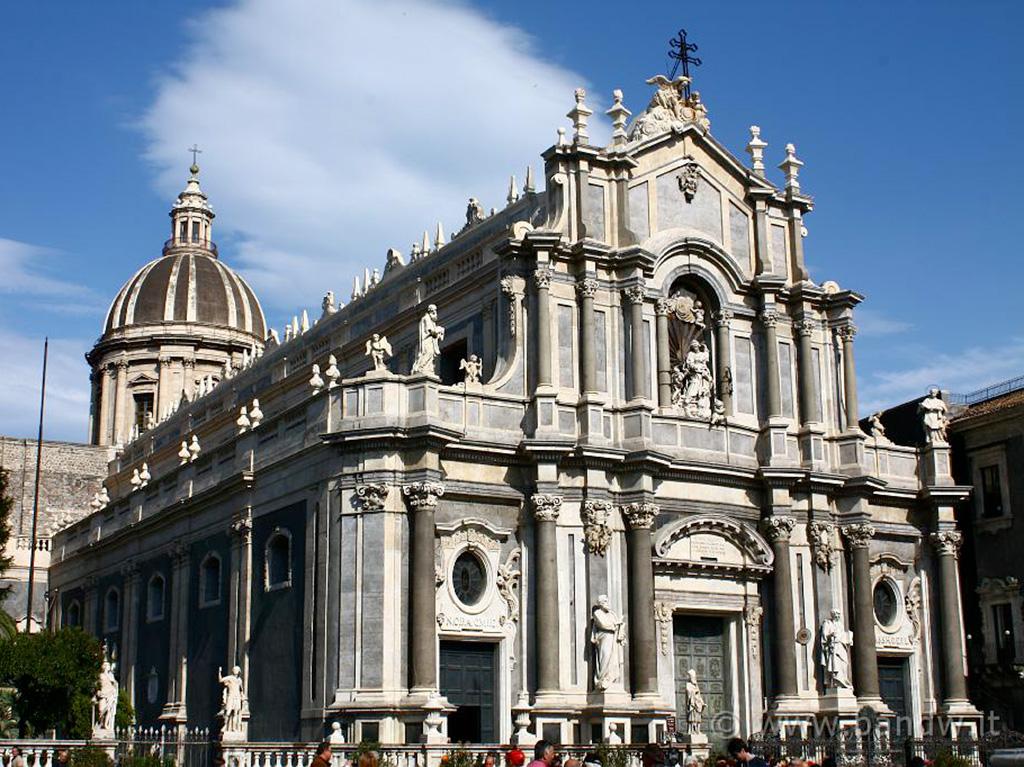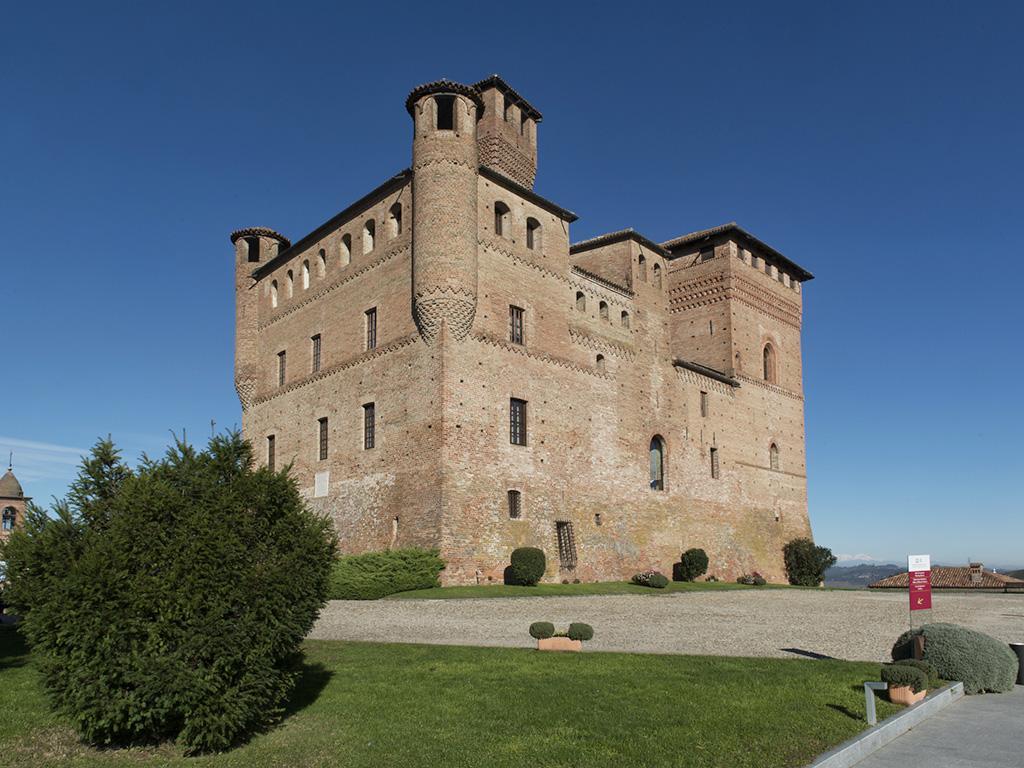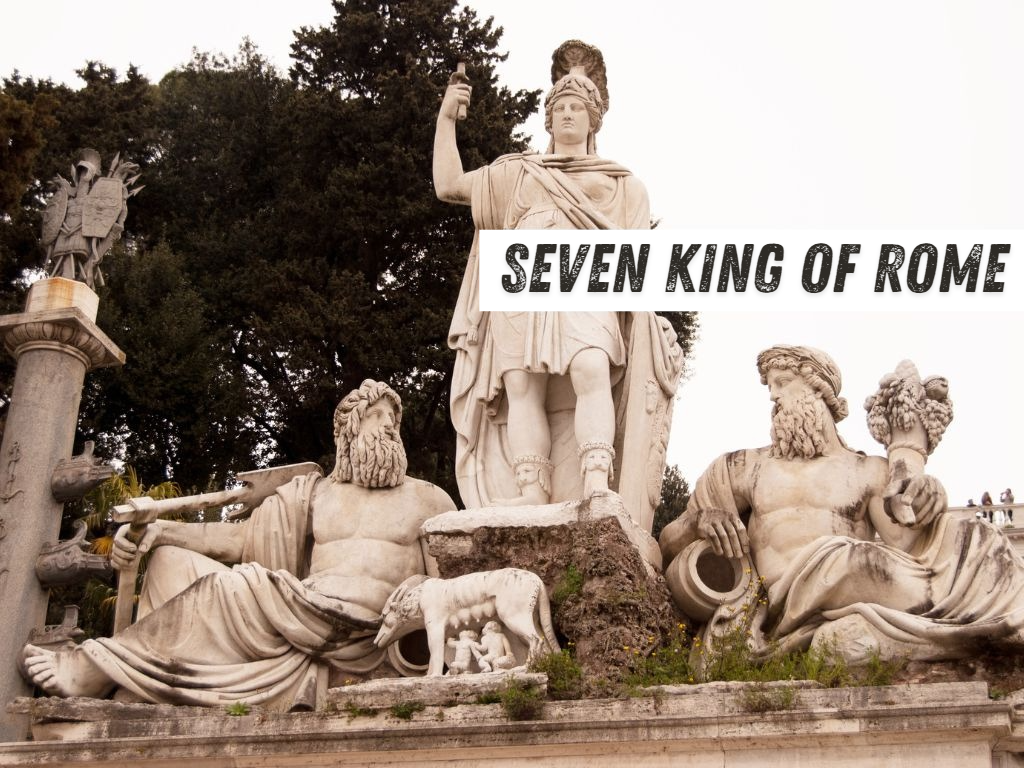The Nuraghi, enigmatic and fascinating, are a crucial chapter in Sardinia's history. This article explores their history, architecture, and significance, revealing Sardinia's rich heritage.
Discovering the Nuraghi in Sardinia: Ancient Megalithic Wonders
Introduction
The Nuraghi, ancient megalithic wonders, stand among the most enigmatic and captivating structures in Sardinia's historical and archaeological heritage. These impressive stone constructions constitute a significant chapter in Sardinian history and captivate enthusiasts of archaeology, history, and culture. In this article, we will delve into the history, architecture, and meaning of the Nuraghi, offering a glimpse into Sardinia's rich legacy.
History of the Nuraghi
The history of Nuraghi in Sardinia is a fascinating narrative spanning millennia of cultural and archaeological evolution. These ancient megalithic structures represent a unique chapter in Sardinian history. Here is an overview of the history of Nuraghi in Sardinia:
Bronze Age (circa 1800 B.C. - 1000 B.C.) - The origin of Nuraghi can be traced back to the Bronze Age. During this period, the Sardinian populations developed a distinctive culture and constructed the earliest forms of Nuraghi. These structures were simple stone towers, often circular or elliptical at the base, primarily used for defensive purposes. The construction of these towers underscores the engineering prowess of the Nuragic people, who managed to position stone blocks without the use of mortar.
Iron Age (circa 1000 B.C. - 200 B.C.) - During the Iron Age, Nuraghi became more complex in terms of architecture and function. Some Nuraghi consisted of multiple towers connected by courtyards and corridors. Many were multi-story structures with stacked chambers accessible via internal staircases. Their exact purpose remains a subject of debate among scholars, but it is believed that they may have been used as residences, fortifications, centers of power, or places of worship.
The Nuragic Civilization - The Nuragic civilization, named in honor of the Nuraghi, developed in parallel with the evolution of these structures. The inhabitants of Sardinia constructed fortified villages, honed their skills in agriculture and craftsmanship, and engaged in trade with other Mediterranean cultures. Extraordinary Nuragic art objects, such as the famous "bronzetti," testify to the high artistic skill of this civilization.
Decline and End of the Nuragic Civilization - The Nuragic civilization gradually declined between the Iron Age and the final Iron Age due to external influences and internal conflicts. The arrival of the Phoenicians, followed by the Carthaginians, and later the Romans, had a significant impact on Sardinia and its Nuragic structures. Many Nuraghi were abandoned or transformed into fortifications.
Heritage and Preservation - Despite the decline of the Nuragic civilization, the Nuraghi have remained as physical testimonies of a glorious past. Today, they are an invaluable historical and archaeological heritage for Sardinia. Many Nuraghi have been subjected to excavations and archaeological studies, and some are open to the public, allowing visitors to explore these ancient structures.
Architectural Features
Nuraghi are characterized by their unique architecture, primarily composed of carefully positioned stone blocks. Their most common form is that of a truncated conical tower, with a central chamber and an internal staircase leading to the upper floor. Some larger Nuraghi can reach heights of over 20 meters. These constructions are a remarkable example of ancient engineering, considering that they were built without the use of mortar.
Functions and Significance
The exact purpose of the Nuraghi remains a mystery. They are presumed to have had defensive roles, serving as fortifications or watchtowers during periods of conflict. Some scholars suggest that they may have also served as religious centers or places of worship. The lack of written documentation makes it challenging to draw definitive conclusions, leaving ample room for interpretation.
Visiting the Nuraghi
Today, Nuraghi are one of the primary tourist attractions in Sardinia. Numerous sites are open to the public, providing opportunities to explore these ancient structures. Among the most famous Nuraghi are the Nuraghe of Barumini, declared a UNESCO World Heritage Site, and Nuraghe Santu Antine, with its three-story structure.
Notable Sites to See
Nuraghe di Barumini (Su Nuraxi)
One of the most well-known and best-preserved Nuraghi, declared a UNESCO World Heritage Site in 1997. The Barumini complex includes the main Nuraghe, a reconstructed Nuragic village, and a series of "tomb of the giants" structures.
Nuraghe Santu Antine
One of the largest and most imposing Nuraghi in Sardinia, also known as "Santu Antine" or "Sa Domu 'e S'Orcu." This complex features a three-story structure and is renowned for its advanced architectural features.
Nuraghe Losa
Located near Abbasanta, Nuraghe Losa is known for its majestic structure and surrounding archaeological complex. This Nuraghe is well-preserved and offers a fascinating insight into Nuragic architecture.
Nuraghe Su Nuraxi di Barumini
Located near Barumini, this Nuraghe is famous for its central quadrifoliate (four-leafed) plan. It is another remarkable example of Nuragic architecture and is part of the UNESCO site along with the Nuraghe of Barumini.
Nuraghe Palmavera
Situated on the northwestern coast of Sardinia, near Alghero, it is particularly known for its surrounding archaeological site, which includes a series of "domus de janas" (tomb of the giants) structures.
Nuraghe La Prisgiona
This Nuraghe is located near Arzachena in Gallura and is known for its panoramic location and well-preserved architecture.
Nuraghe Arrubiu
Situated in Orroli, this Nuraghe is known for its imposing structure and its reddish color due to the local granite. Its name means "red Nuraghe" in Sardinian.
Nuraghe Albucciu
Located near Bitti in the Gennargentu region, this Nuraghe is famous for its complex structure with a system of towers and courtyards.
Conclusions
Nuraghi represent a fascinating enigma in the history of Sardinia. These megalithic constructions testify to the greatness and complexity of the Nuragic civilization, and their architectural beauty is an irresistible attraction for visitors from around the world. Sardinia holds an extraordinary heritage, crafted from stones and mysteries, continuing to inspire and captivate anyone who approaches these ancient treasures.
For more information about the Nuraghi and to plan your visit, do not hesitate to consult the official tourist resources of Sardinia. The discovery of these historical wonders will be an unforgettable experience.






